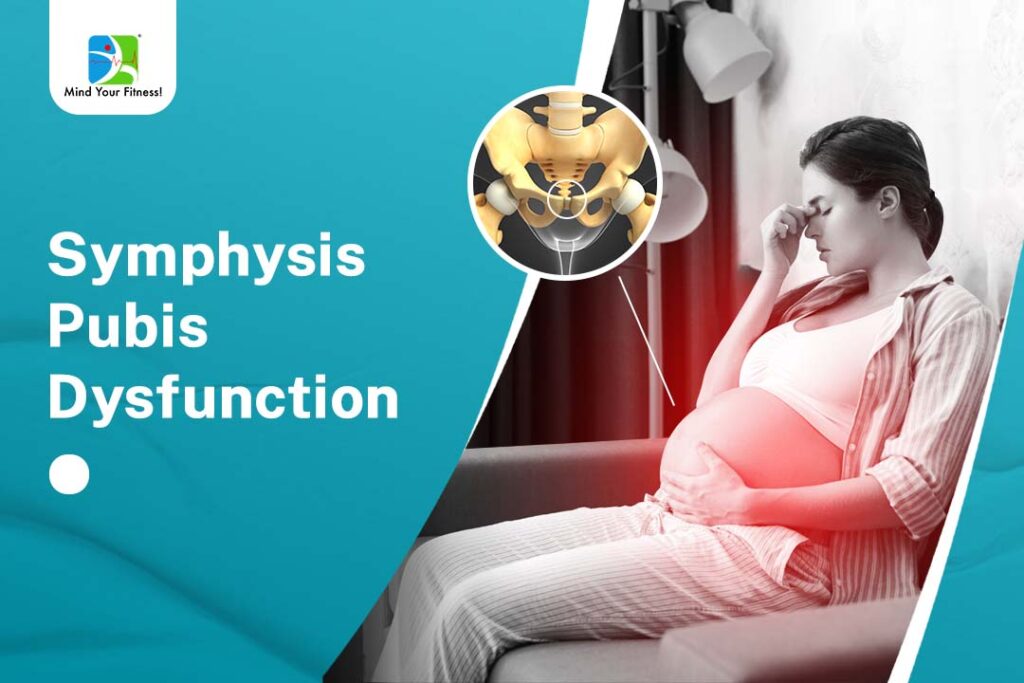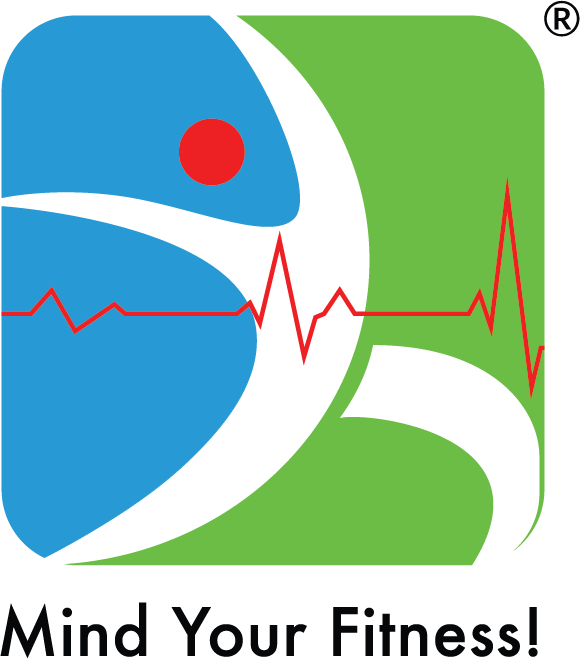
Pelvic pain during pregnancy is also referred to as Symphysis Pubis Dysfunction (SPD) or pelvic girdle pain.
The pelvic girdle consists of two hip bones which come together and form a joint called as pubis symphysis.
SPD can cause pain and discomfort in the pelvic region. It is mostly common during pregnancy but can also occur post-delivery.
Cause
Most common cause during pregnancy is due to the hormone relaxin which causes ligaments and muscles to loosen in the abdomen, hip, pelvis and pelvic floor. This increases the range of motion making joints more movable and unstable.
This process is a natural part of the body’s preparation for childbirth.
Relaxin production can start very early in pregnancy so women may experience symptoms earlier during their pregnancy.
Pain can be caused due to the baby’s weight and position, pelvic injuries and osteoarthritis, if any.
Symptoms
Pain is the main symptom of SPD.
In some women it is mild and in others it could be severe; worsening as the pregnancy progresses and the baby grows bigger.
Pain is commonly felt in the lower back on both sides, front, back or centre of your pubic bone, thighs & perineum (the area between your vagina and anus).
Clicking or grinding sounds may also be heard in the pelvic region.
Pain may increase due to certain activities like:
· Climbing stairs
· Turning sides during sleeping
· Walking
· Bearing weight or standing on one leg
· Moving from supine or reclined position to an upright position
Certain activities may become more difficult like getting in and out of your car, getting out of bed, getting dressed.
Management
Once it is diagnosed by your doctor, it can be managed with these tips:
· Rest often specially when pain is increasing.
· Avoid putting weight on one leg or take support while getting
dressed.
· Avoid crossing your legs.
· Sit with feet flat on the floor.
· Avoid sitting on the floor or sitting in a twisted position.
· Avoid heavy lifting like laundry, heavy groceries or lifting a toddler.
· Do not carry your child on one hip.
· Avoid prolonged standing.
· Avoid wearing heels.
· Avoid pushing heavy objects like a shopping cart. Consult an expert if the condition is getting worse.





